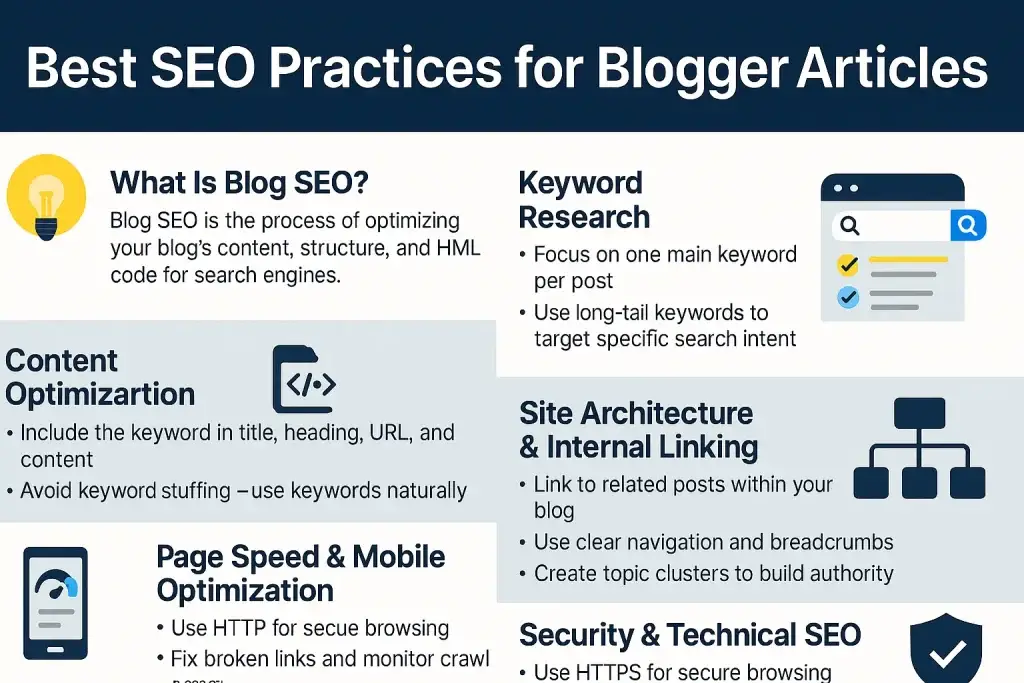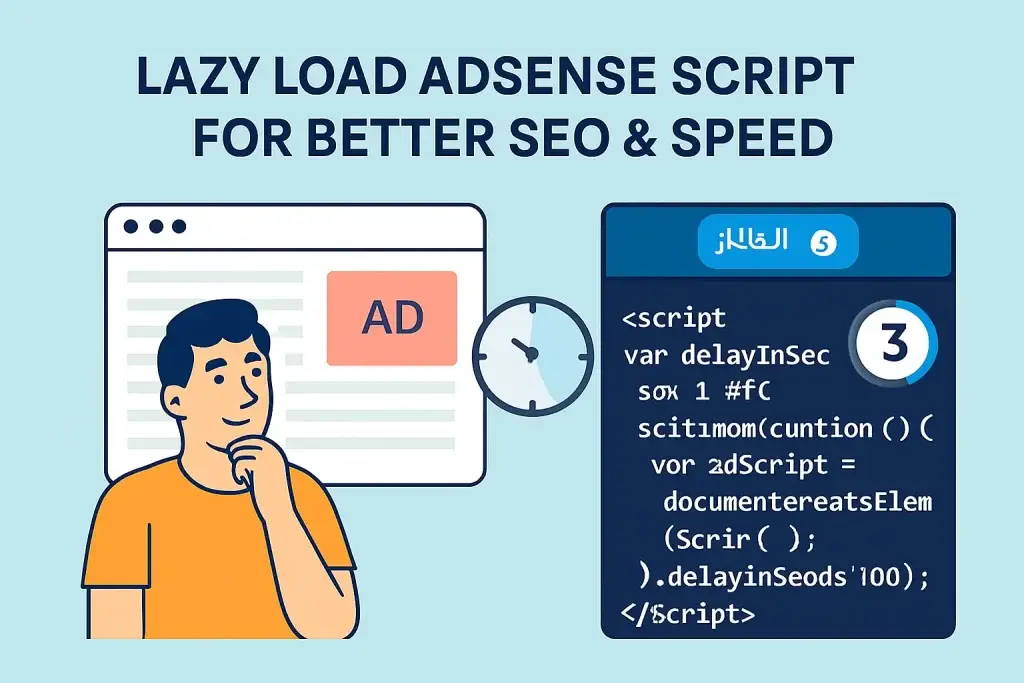A complete guide to understanding and fixing low value content in Google AdSense, including causes, solutions, and SEO strategies for approval.
Low Value Content in Google AdSense: Causes, Fixes, and SEO Strategies
Low Value Content in Google AdSense: Strategies
Google AdSense is one of the most popular monetization platforms for website owners, but getting approved is not always easy.
One of the most common reasons for rejection is the dreaded “Low Value Content” message.
This means that Google’s review team or automated systems have determined that your website does not provide enough unique, useful, or engaging content for users.
In this comprehensive guide, we will explore what low value content means, why it happens, and how to fix it to ensure your site meets Google AdSense content quality guidelines.
Key Reasons for Low Value Content Rejection in Google AdSense
If you received a “low value content” decision, these are the most common, actionable reasons reviewers cite.
Use this quick reference as a checklist alongside Google AdSense content quality guidelines to avoid thin content,
improve user experience, and align with search intent.
It also helps you prioritize fixes when planning how to avoid
thin content in AdSense sites and how to fix low value content in AdSense without rewriting your entire website.
| Reason | Explanation |
|---|---|
| Duplicate or scraped content | Reused, lightly rephrased, or auto-translated text from other sites without unique insights or original value. |
| Short or shallow articles | Thin posts that lack depth, data, examples, or clear answers to the user’s query, offering generic takeaways only. |
| Poor search intent alignment | Content that doesn’t directly address what visitors came to solve, leading to low engagement and quick bounces. |
| Weak formatting and UX | Messy headings, long unstructured blocks, missing internal links, and a design that’s not mobile friendly. |
| Topic overlap and repetition | Multiple posts targeting the same query with near-duplicate angles, diluting authority and confusing users. |
| Copyright or licensing issues | Images, videos, or text used without permission or proper licenses, undermining trust and policy compliance. |
Understanding Low Value Content in Google AdSense
Low value content refers to website material that fails to provide significant value to users.
This can include thin content, duplicate content, auto-generated text, or irrelevant articles that do not satisfy user intent.
Google’s algorithms and human reviewers assess your site based on factors like originality, depth, relevance, and user engagement.
If your site lacks these qualities, it may be flagged for low value content, resulting in AdSense rejection or even account suspension.
Common Reasons for Low Value Content Rejection
There are several reasons why Google AdSense might reject a site for low value content.
These include publishing articles that are too short, reusing content from other websites without adding unique insights, failing to address the search intent of users, or having poor formatting and navigation.
Other issues include excessive keyword stuffing, irrelevant topics, and lack of multimedia elements like images or videos that enhance user experience.
How to Fix Low Value Content in AdSense Applications
If your site has been rejected for low value content, the first step is to conduct a thorough content audit.
Identify pages with thin or duplicate content and either improve them or remove them entirely.
Expand articles to cover topics in depth, add relevant examples, and ensure that each piece of content addresses a specific user query.
Incorporating long tail keywords such as “how to fix low value content in AdSense” naturally within your text can help attract targeted traffic and improve relevance.
Google AdSense Content Quality Guidelines You Must Follow
Google provides clear guidelines for publishers to ensure content quality.
These include creating original and informative content, avoiding scraped or auto-generated text, and ensuring that your site is easy to navigate.
You should also focus on E-E-A-T principles: Experience, Expertise, Authoritativeness, and Trustworthiness.
This means demonstrating your knowledge in your niche, citing credible sources, and providing accurate, up-to-date information.
Improving Website Content for AdSense Approval
To improve your chances of AdSense approval, focus on creating long-form, well-researched articles that provide real value to readers.
Each article should be at least 800–1500 words, with clear headings, subheadings, and bullet points where appropriate.
Use relevant images, infographics, and videos to make your content more engaging. Additionally, ensure that your site’s design is clean, mobile-friendly, and easy to navigate.
Why Avoiding Thin Content is Crucial for AdSense Sites
Thin content refers to pages with little or no useful information.
These pages not only hurt your AdSense approval chances but also damage your SEO rankings.
Examples include placeholder pages, affiliate pages with no added value, or blog posts with only a few sentences. To avoid thin content, always aim to provide comprehensive answers to user queries, backed by data, examples, and actionable tips.
Long Tail Keywords to Target for AdSense Content Approval
Using long tail keywords can help you attract highly targeted traffic and improve your site’s relevance in Google’s eyes.
Examples include “best practices to improve AdSense content quality,” “how to avoid thin content in AdSense sites,” and “steps to fix low value content rejection.”
These keywords are less competitive than short-tail terms and often have higher conversion rates because they match specific user intent.
Structuring Your Content for Maximum Value
Content structure plays a significant role in how Google evaluates your site.
Use clear headings, short paragraphs, and bullet points to make your content easy to read.
Include internal links to related articles and external links to authoritative sources.
This not only improves user experience but also signals to Google that your site is a valuable resource in your niche.
Enhancing User Engagement to Avoid Low Value Content
User engagement metrics such as time on page, bounce rate, and pages per session can influence how Google perceives your content.
To boost engagement, write compelling introductions, use storytelling techniques, and include interactive elements like polls or quizzes.
Encourage readers to leave comments and share your content on social media.
Regularly Updating Content to Maintain Quality
Outdated content can quickly become low value content in Google’s eyes.
Regularly review and update your articles to ensure they remain accurate and relevant.
This includes updating statistics, replacing broken links, and adding new insights or examples.
Fresh content signals to Google that your site is active and committed to providing value to users.
Technical SEO Factors That Affect Content Value
Technical SEO issues such as slow loading times, poor mobile optimization, and broken links can negatively impact your content’s perceived value.
Use tools like Google PageSpeed Insights to identify and fix performance issues.
Ensure that your site is mobile-friendly, as a large portion of web traffic comes from mobile devices.
Building Authority to Overcome Low Value Content Issues
Authority is a key factor in Google’s evaluation process.
Build authority by publishing in-depth, well-researched content, earning backlinks from reputable sites, and engaging with your audience on social media.
Guest posting on high-authority blogs in your niche can also help establish your credibility and improve your site’s trustworthiness.
Case Study: Turning a Low Value Content Site into an AdSense Success
Consider the example of a blog that was initially rejected for low value content.
The owner conducted a full content audit, removed thin articles, and rewrote existing posts to add depth and originality.
They also optimized for long tail keywords like “how to improve website content for AdSense approval” and “Google AdSense content quality checklist.”
Within three months, the site was approved for AdSense and saw a significant increase in traffic and revenue.
Final Thoughts on Avoiding Low Value Content in AdSense
Low value content is one of the most common reasons for AdSense rejection, but it is also one of the easiest to fix with the right approach.
By focusing on originality, depth, relevance, and user engagement, you can create a site that not only meets Google’s standards but also provides genuine value to your audience.
Remember to use long tail keywords strategically, follow Google’s content quality guidelines, and continuously improve your site to maintain approval and maximize earnings.


